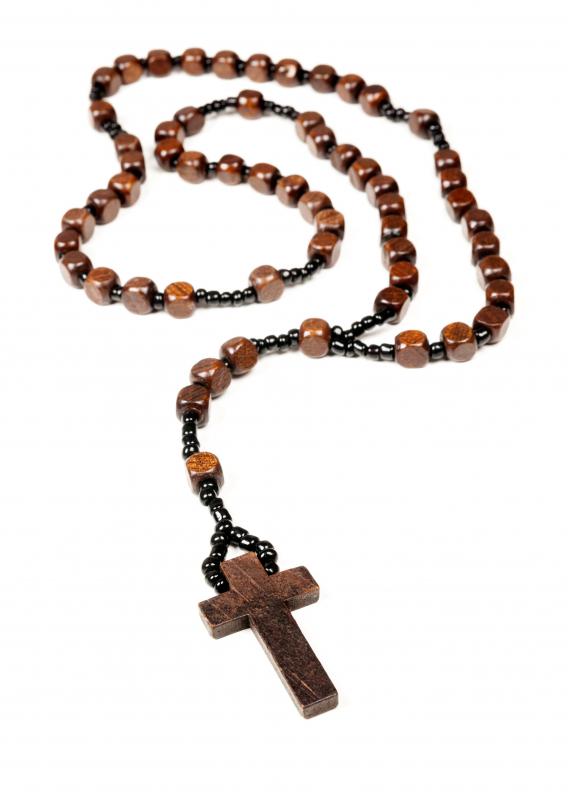At HomeQuestionsAnswered, we're committed to delivering accurate, trustworthy information. Our expert-authored content is rigorously fact-checked and sourced from credible authorities. Discover how we uphold the highest standards in providing you with reliable knowledge.
What are the Different Types of Twine?
"Twine" is not a material that has a standard definition. The word may be used interchangeably with "thread," "string," and "cord." It refers to a narrow fabric composed of any of several different types of material and used in a variety of ways.
In crafting, twine is used for knotting, knitting, crocheting, macramé, upholstering, rug-making, jewelry making (particularly rosaries and chaplets), and key chains. When shopping for twine, the attributes you'll be seeking will depend on the particular craft and the project. Attributes to check carefully include: material, construction, size/weight, and color.

Material: Twine is available in a selection of natural fibers, as well as synthetic material. Natural fibers like jute, flax, cotton, and hemp are available plain or with a wax coating to improve grip and make the it easier to work with. Uncoated silk and sisal twine are also available. Synthetic twine may be made of nylon, polypropylene, or acrylic.

Construction: Twine is usually composed of multiple strands or plies (the language is not uniform), and typical wording is 3-ply or 6-strand. Twisting and braiding are the two techniques used to keep multiple strands or plies together. With no explicit designation, you can probably assume that twine is twisted. There are several braiding variations, including solid braid, double braid, "tech braid," hollow braid, and diamond braid. You will find that most of these are thicker than twisted types.

Size/Weight: Some twine is sorted by weight, generally light, medium, and heavy, but size may also be indicated by a number symbol (#) that corresponds to the approximate diameter. Unfortunately, there are at least two systems being used, so it is better to judge by width in inches or millimeters for best results. Checking the size is particularly important to make sure that multiple batches of project materials will match, as well as to ensure that twine can pass through holes in any beads used in the project.

Color: Synthetic twine is available in a variety of colors and with multiple colors twisted or braided together. Material made from natural fibers may be purchased in its natural state or dyed, and is sometimes offered in variegated colors. Crafters may also choose to dye natural and synthetic twine themselves to achieve a particular color or effect. Possible dying agents include prepackaged, boxed dye; fruits, leaves, and flowers; or Kool-Aid.

Substitution: Just as other craft materials may be selectively replaced, this is the case with twine. Depending on the use, cord or string might be substituted. Thread, floss, or yarn are possibilities, but may prove too weak, thin, or stretchy to work well. Rope is generally too thick and inflexible.
Purchase: In the craft industry, you can find twine sold by suppliers who specialize in one particular craft, like macramé, and also by suppliers of "narrow fabrics," where it is found along with elastic, lace, ribbon, and webbing. Since twine has many uses besides crafts — for example, in shipping, masonry, fishing, farming, sports, and gardening — there are many kinds available through many retailers besides craft specialists, and searching widely may turn up some possibilities you might not have imagined, as well as some attractive prices. Twine is sold by office supply stores, farm and garden suppliers, companies that make nets, such as fishing or hockey nets, and specialized rope companies.
AS FEATURED ON:
AS FEATURED ON:















Discussion Comments
Baling wire can also be used for most things that twine is used for.
Post your comments